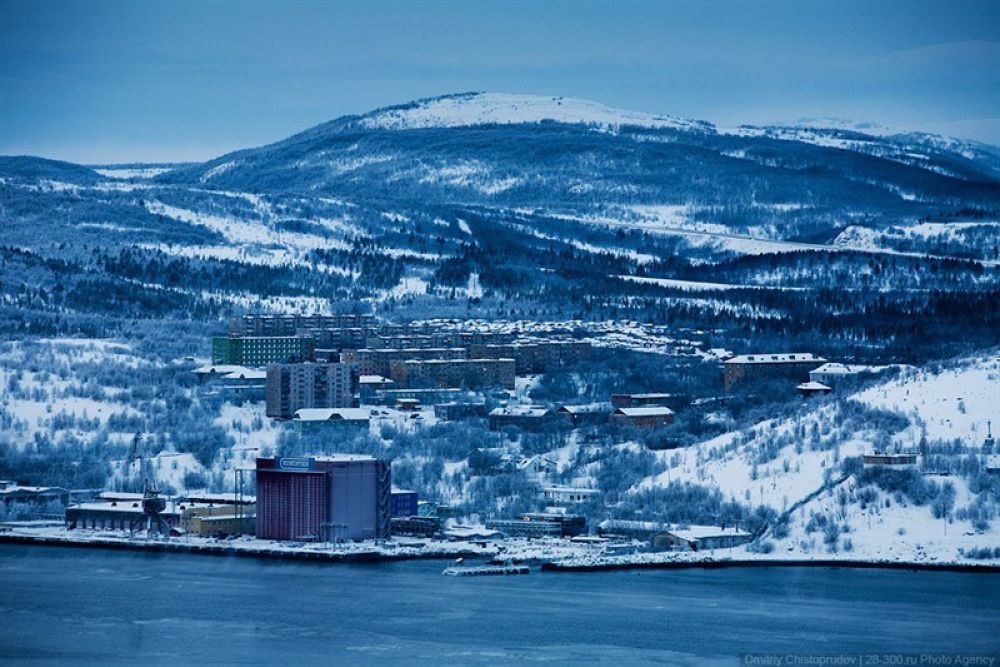

The rich history of tourism in Murmansk, located in the northwest part of Russia, is deeply intertwined with its natural beauty, strategic location, and military significance. Abram Cape, a prominent sightseeing spot, offers visitors a glimpse into Russia's Arctic charm and military history. Although the region is known for long, harsh winters, Murmansk has attracted robust and adventurous visitors for many decades.
Tourism in Murmansk began to develop significantly during the 20th century. Initially, it wasn’t as much a tourist destination as it was a military and industrial settlement due to its strategic Arctic port which is ice-free year-round. However, the unique polar phenomena such as the midnight sun and polar night started drawing more attention from tourists.
Over time, the tourism sector started to diversify. Murmansk attracted attention, especially from those interested in polar explorations, military history, and those in search of the majestic Northern Lights, which are visible for about half the year. As infrastructure developed, so did the types of tourism on offer, including ecotourism, cultural tourism, and adventure tourism.
Abram Cape plays a unique role in Murmansk's tourism history. It’s recognized as a scenic view over the Kola Bay and often serves as a vantage point for photographers and sightseers. The cape is named after the merchant Abram Petrovich Gannibal, who was reportedly the great-grandfather of the famous Russian poet Alexander Pushkin. This historical connection further enhances Abram Cape's tourism appeal.
Currently, eco-friendly and sustainable tourism trends are gaining momentum in Murmansk. Visitors are increasingly interested in exploring the pristine arctic environment responsibly. This includes visiting national parks, nature reserves, and engaging in wildlife watching expeditions. The trend towards immersive cultural experiences also sees tourists learning about the indigenous Sami people and their traditions.
Adventure tourism is on the rise, with winter sports, ice fishing, and Arctic surfing drawing in thrill-seekers. Nevertheless, the staple attraction remains the pursuit of the Northern Lights, which aligns with the global trend of experiential travel – seeking out unique, once-in-a-lifetime experiences.
With the increasing interest in Arctic tourism, challenges have arisen regarding the need to balance tourism growth with the preservation of the fragile Arctic environment. Murmansk is at the forefront of implementing strategies for sustainable tourism development, ensuring that visitors can enjoy the natural and historical wonders of the area without causing harm to the ecosystem or local communities.
Murmansk has transformed from a military hub into a compelling tourist destination that offers a blend of history, culture, and stunning natural phenomena. Abram Cape stands as a testament to the past while offering a view that looks toward a future where tourism continues to thrive responsibly and sustainably in Russia's fascinating Arctic north.